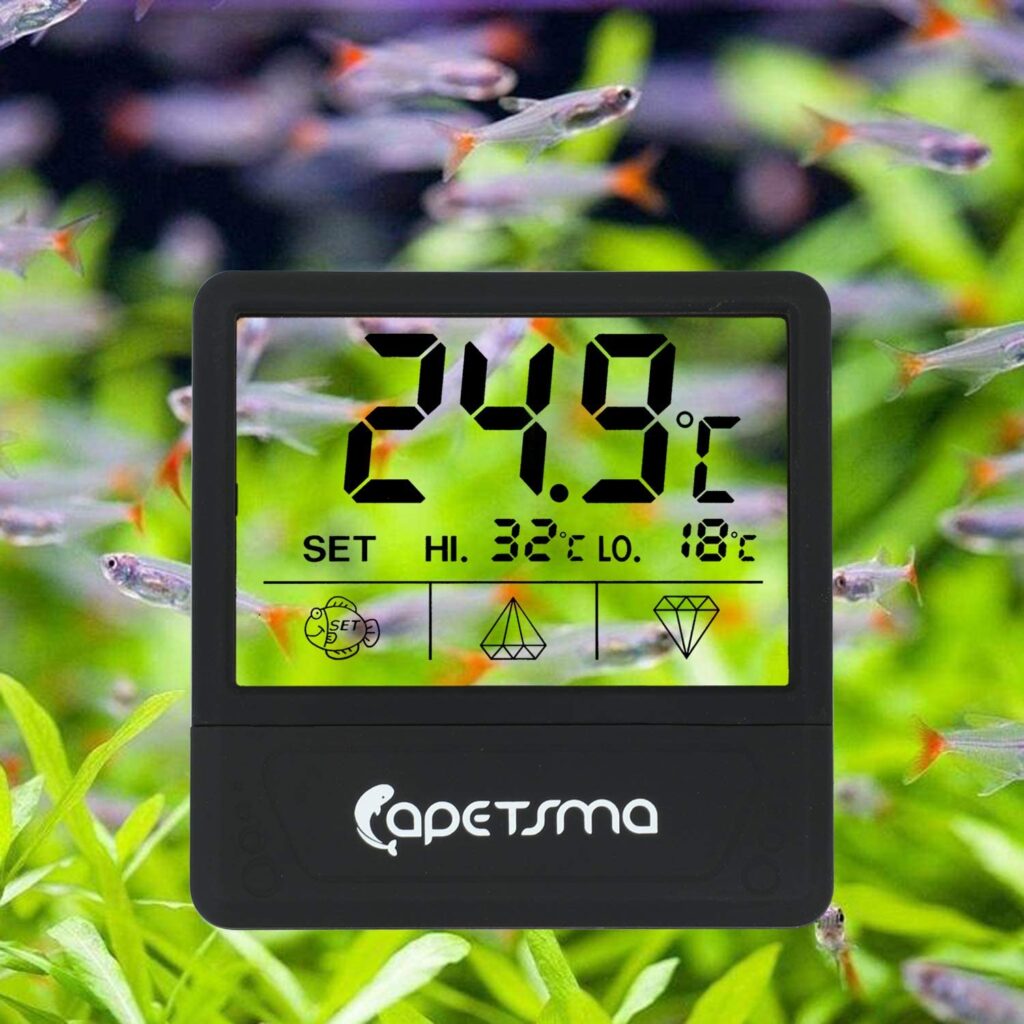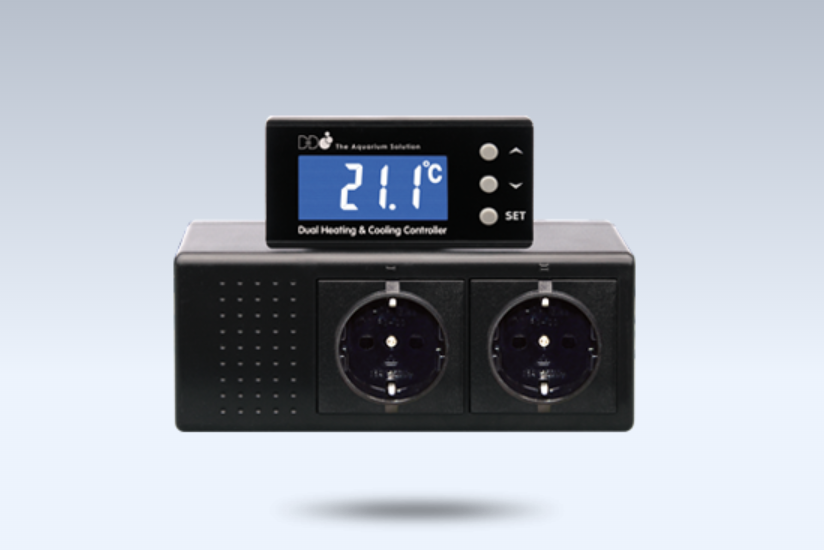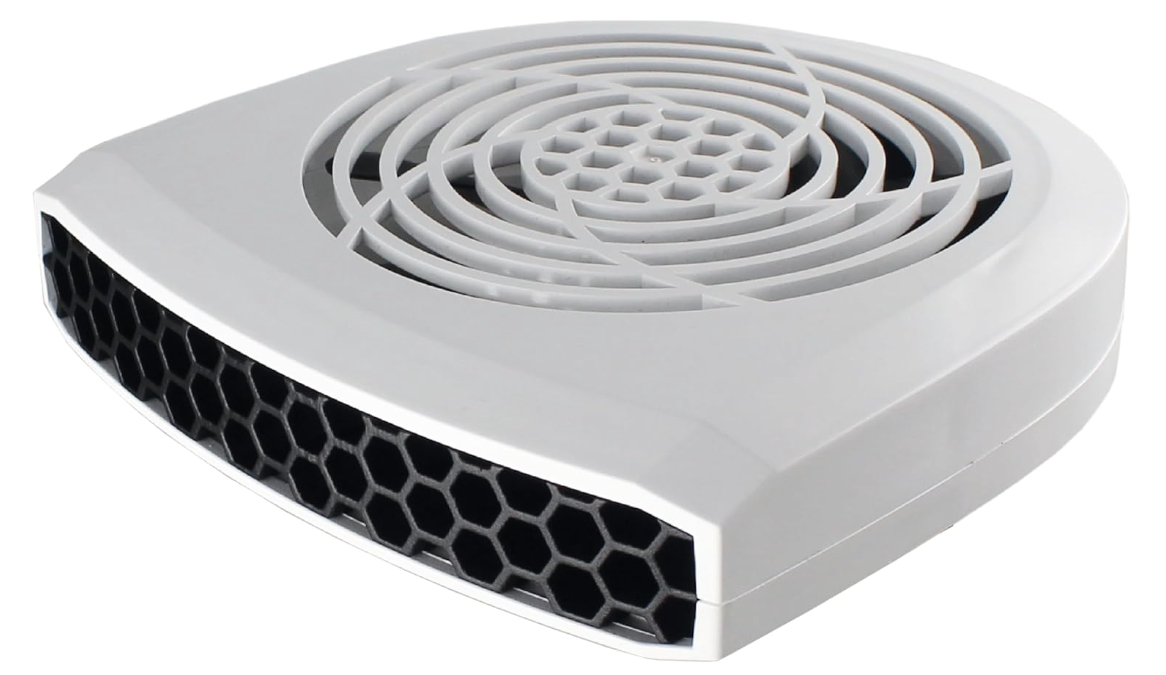If you’re new to reefing there’s so much to learn about keeping corals alive, but one of the fundamentals – more important even than KH and phosphate, more important even than light and flow, is temperature. It’s not the cold you need to worry about when keeping photosynthetic corals from the tropics. Its heat. And here’s how to safeguard against it.

Monitor the water temperature
Thermometers were invented in the mid-1600s, and those sealed liquid glass thermometers are effective to this day, but you have to be there looking up close to know there’s a problem. A step up from a glass thermometer is one with a digital display – big digital numbers that you can see quickly and easily at a glance. But better still is one with an audible alarm. Reefers fear the beep from an Inkbird but it’s the first line of defence against your tank overheating. If you know it’s too hot and you’re there, you can solve it. Even by floating ice packs directly in the tank if you have to.
The next step from a digital thermometer is a temperature controller. Thermostats can turn heaters on and off, but temperature controllers can not only turn the heater off, they can beep to let you the tank is too hot, and enable fan cooling to kick in by way of a second plug socket – one for a heater, and one for a cooling fan. Set your ideal temperature at say 25 Celsius/ 77 F, set the cooling fan to kick in at half a degree higher, like 25.5C/78 F, and your tank shouldn’t ever get too hot.

Use App-controlled aquarium monitoring
Temperature is quite an easy thing to read and many of my app-controlled devices from my Red Sea ATO+ to my Hydor SDC pump to my Seneye all read temperature and notify me on my phone. But get an aquarium controller and again you can set your ideal temp, what action to take if too cold, like switch the heater on, and what to do if too hot, like activate a cooling fan or a chiller, and that is arguably the best way to control the temperature on an aquarium.
If you’re not quite ready to take the leap into aquarium controllers then a temperature controller complete with a heater and cooling fan is the best way to go. And when things start to warm up, it may just save your tank and its inhabitants.

Good – digital thermometer with audible alarm and separate household fan. Ice on standby.
Better – temperature controller with digital display, audible alarm, heater and fan sockets, and an aquarium cooling fan
Best – aquarium monitor with remote monitoring, app notifications, controllable power sockets, a chiller, actions for what to do when the tank gets too hot and too cold, and failsafe actions.
Buy temperature monitors, aquarium coolers, and controllers from www.saltwateraquarium.com




